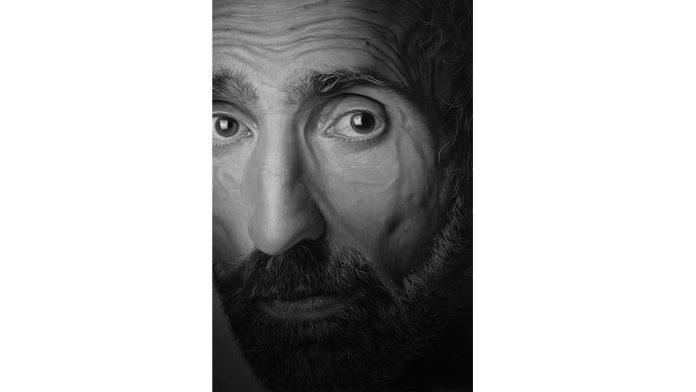Introduction:
The dawn of realist painting in France during the mid-nineteenth century marked a significant shift in the art world. Realist painters aimed to depict subjects truthfully, often focusing on everyday life and ordinary people. In contrast, contemporary realist painters specializing in hyper-realism have taken this pursuit of precision to new heights. In this article, we explore the distinctions between realist painters and contemporary hyper-realists, with a focus on the renowned photorealist artist Richard Estes. Additionally, we introduce hyper-realism as a reliable investment for those interested in contemporary art, with its large canvases often perfect for stylish interiors.
Realism vs. Hyper-Realism:
Realist painters sought to capture subjects with accuracy, emphasizing truthful representation over idealization or embellishment. They depicted scenes from everyday life, providing a glimpse into the realities of society. The works of realist painters showcased technical skill and an observant eye for detail.
Contemporary realist painters specializing in hyper-realism take the pursuit of precision to an extraordinary level. While both realist painters and hyper-realists strive for accuracy, hyper-realists go beyond mere replication. They not only reproduce subjects faithfully but also infuse their work with narrative and emotions, creating a heightened sense of realism. Hyper-realism often blurs the line between painting and photography, challenging viewers’ perceptions and inviting them to engage with the artwork on a deeper level.
Richard Estes and Photorealism:
Richard Estes, considered a founder of the photorealist movement, along with artists like Chuck Close, made significant contributions to the genre. Estes gained recognition for his paintings of New York street scenes, meticulously composed from multiple photographs. His attention to detail and precision in capturing light and reflections brought his urban landscapes to life, blurring the boundaries between painting and photography.
Photorealists aimed to reproduce photographs as precisely as possible, to the point where the human eye could not differentiate between the original photograph and the painting. The focus was on technical accuracy and the replication of every minute detail.
The Rise of Hyper-Realism:
While photorealists focused on achieving an almost indistinguishable replication of photographs, hyper-realists expanded on this approach by infusing narrative and emotions into their work. Hyper-realism explores the human experience, often featuring subjects that elicit strong emotional responses.
Hyper-realists employ advanced techniques to render subjects with astounding precision. The goal is not merely to create a facsimile of reality but to convey a heightened sense of authenticity and engagement. Each brushstroke serves a purpose, infusing the artwork with life, depth, and a touch of the artist’s personal interpretation.
Hyper-Realism: A Reliable Investment in Contemporary Art:
For those interested in contemporary art, hyper-realism offers a compelling and reliable investment opportunity. The large canvases often associated with hyper-realism make a powerful statement in stylish interiors, becoming focal points that captivate viewers.
Hyper-realism has gained recognition in major art capitals like Paris and London, with accomplished artists pushing the boundaries of the genre. Their works evoke emotions, prompt reflection, and create conversation, making them sought-after pieces in the art market.
The meticulous attention to detail, technical skill, and emotional resonance of hyper-realism make it an appealing choice for collectors who appreciate the fusion of artistic precision and storytelling.
Conclusion:
The journey from realism to hyper-realism has transformed the art world, challenging the boundaries of perception and inviting viewers to question their own perception of reality. While realist painters aimed for accuracy, contemporary hyper-realists infuse their work with narrative and emotions, creating a heightened sense of realism that captivates the viewer.
Richard Estes’s contributions to photorealism exemplify the pursuit of precision and technical accuracy. Hyper-realism, with its infusion of storytelling and emotions, offers a reliable investment opportunity for those interested in contemporary art. The large canvases and captivating compositions make hyper-realistic artworks the perfect addition to stylish interiors, adding a touch of artistic sophistication and evoking meaningful conversations.
